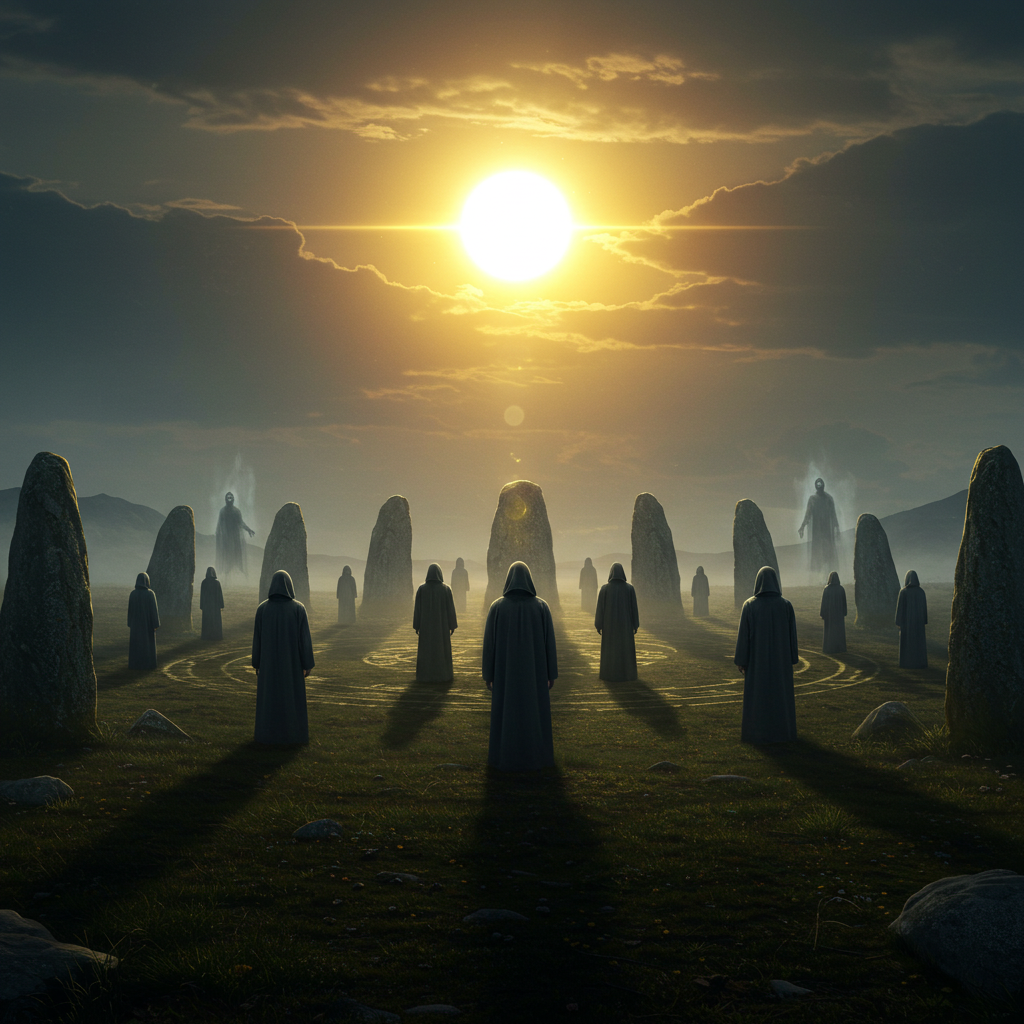The summer solstice, the longest day of the year, marks the point when the sun appears to pause in its northward journey before beginning to move south again. This “sun standing still” moment—derived from the Latin solstitium—has been regarded across cultures as a powerful time for invoking good fortune, setting intentions, and performing rituals linked to abundance, protection, and new beginnings.
This liminal solar moment was believed to create a temporal “opening,” a brief period of heightened cosmic energy that could influence human affairs. Many traditions held that wishes or spiritual acts performed at this time were more likely to be fulfilled. The sun’s peak strength was symbolically associated with illumination, fertility, and divine presence.



